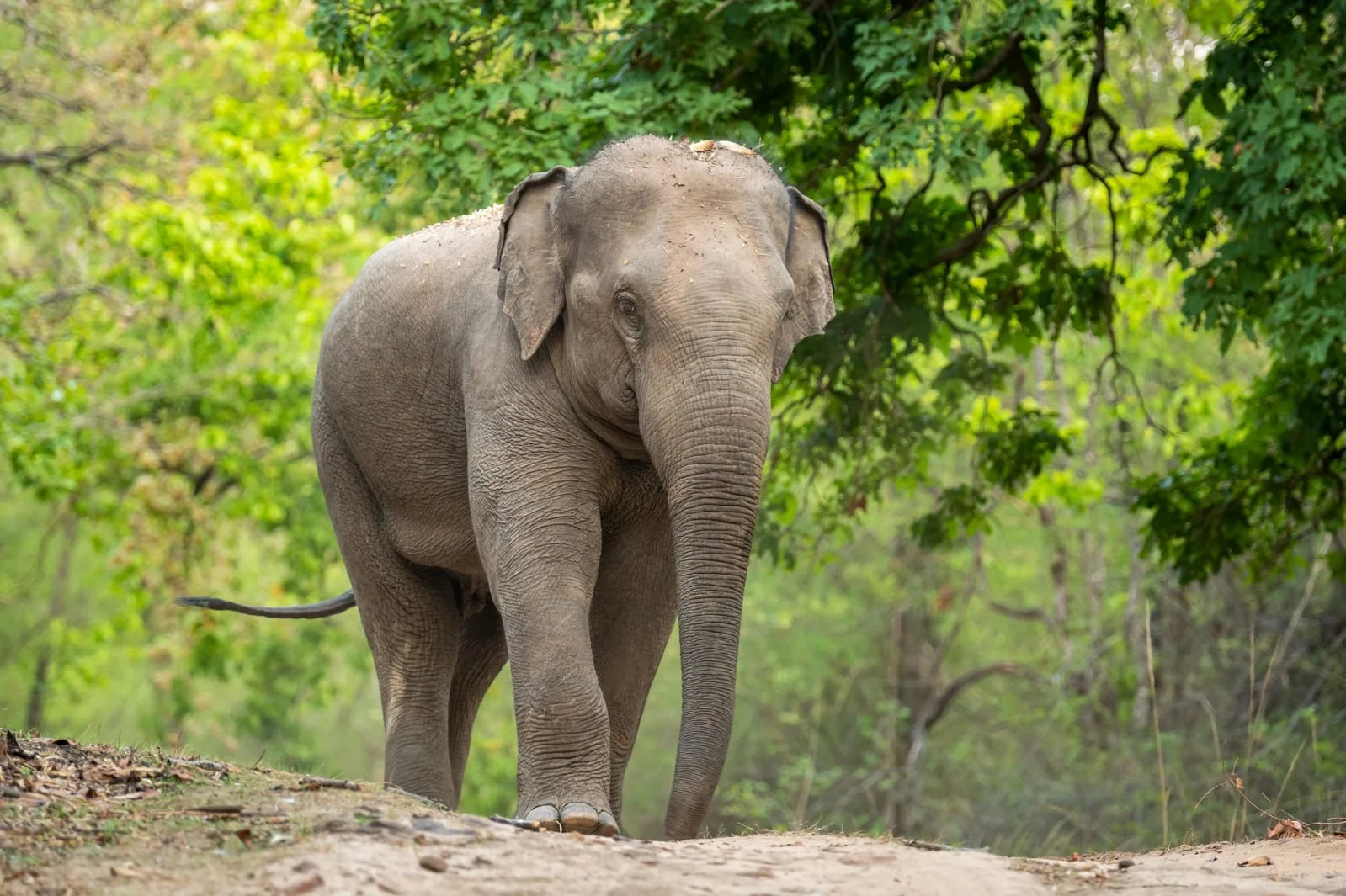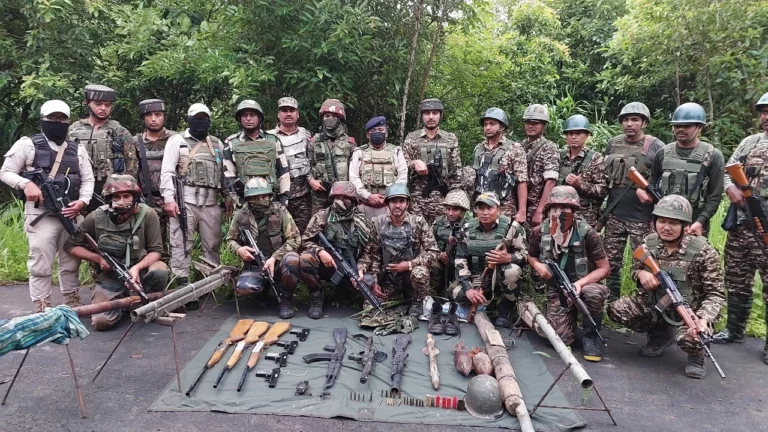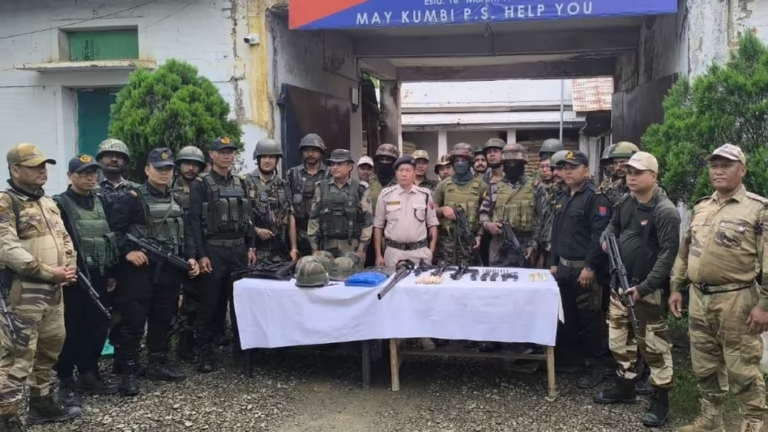LOTHA HOHO DEMANDS ACTION AFTER FATAL ELEPHANT ATTACK IN WOKHA: A CRY FOR SUSTAINABLE COEXISTENCE
Short Summary
In Wokha district, Nagaland, a 72-year-old farmer, Rentsamo Odyuo, tragically lost his life after being trampled by a wild elephant in New Riphyim village on August 2, 2025. The Lotha Hoho, representing 28 villages in the region, condemned the incident and called on the state government to implement long-term, community-inclusive mitigation strategies. Among their demands are deployment of rapid response teams, early warning systems, prompt compensatory support to victims’ families, and the elevation of the local forest office to a fully-fledged wildlife division with increased staffing and resources.
When Giants Roam: Human-Elephant Conflict in Wokha
Imagine home as a tranquil sanctuary—until a herd of elephants descends at night, trampling fields and smashing homes. That’s what life has become for many villagers in Wokha district, Nagaland. As human populations grow and elephant habitats shrink, these majestic creatures increasingly encroach into farming zones. The result? Lost crops, destroyed property—and, tragically, lives.
On August 2, 2025, this conflict claimed a life: Rentsamo Odyuo, a 72-year-old farmer from New Riphyim village, was killed by a wild elephant. This incident is not isolated—it’s part of an expanding crisis that’s causing mounting fear and financial losses across communities.
Who Is Lotha Hoho—and Why Their Voice Matters
The Lotha Hoho serves as the umbrella organization for the Lotha tribe—one of the major Naga ethnic groups—representing the concerns of 28 villages in and around Wokha. Their recent statement following the farmer’s death is more than mourning—they’re sounding an alarm.
The Hoho’s demands ring with urgency:
- Immediate deployment of rapid response teams and early warning systems.
- Compensation for the deceased’s family and long-term support for victims.
- Institutional reform, including upgrading Doyang forest office to a Wildlife Division.
- Adequate manpower, urging that half of the recruited forest guards be stationed in Wokha.
These calls highlight a clear need: protection alongside coexistence.
Wokha’s Human-Elephant Conflict: The Growing Numbers
An Elephant Boom and Its Shadow
In just over a decade, Wokha’s elephant population soared from about 60 in 2010 to nearly 200 by 2023. Meanwhile, human populations have multiplied sixfold. With approximately 440 elephants across Nagaland, nearly half reside in Wokha, making it both a wildlife haven and a conflict zone.
This rapid rise has created overlap zones—where elephants roam for food and humans farm the lands. According to wildlife officials, since 2018, conflicts have resulted in 15 elephant deaths and 5 human fatalities in the region.
Villages Under Siege—Six Decades of Destruction
Reports show over 100 villages in Wokha have elephant presence, with 60 officially identified as active conflict zones as of July 2025. These districts face repeated damage to paddy fields, areca nut, rubber plantations, and homes, often just before harvest season. One recent incident at Old Aree village saw extensive property loss with no compensation to date.
The Heartbreaking Incident in New Riphyim
On August 2, Rentsamo Odyuo ventured onto his farmland—a routine task turned fatal. The elephant strike was swift and unforgiving. In response, Lotha Hoho slammed the authorities, calling this not just a tragedy, but a symptom of institutional neglect. No long-term mitigation, no local preparedness, and delayed or non-existent compensation—they said it all points to a serious governance gap.
What’s Missing? Gaps in Policy and Preparedness
Staffing Deficits and Institutional Weakness
Nagaland’s forestry department is severely understaffed—out of 300 sanctioned forest guard positions, nearly 170 posts are vacant. That leaves large corridors of vulnerability, especially across Wokha’s elephant corridors like Bhandari and Doyang divisions.
Absence of Early Warning Systems
Few communities have access to early alert setups—no motion sensors, no local alarms, no drone surveillance. When elephants approach at night, villagers often learn of their presence only when destruction begins.
Shortcomings in Compensation and Relief
Villagers repeatedly report delayed or no compensation, even after filing petitions. Agriculture fields worth years of labor get destroyed—and families face emotional and economic distress without restitution.
FAQs
- Who was the farmer killed in the elephant attack?
A 72-year-old man named Rentsamo Odyuo from New Riphyim village in Wokha district was trampled by a wild elephant on August 2, 2025. - What does Lotha Hoho demand from the government?
The tribal body is urging rapid response systems, early warnings, institutional upgrades, better staffing, prompt compensation, and long-term conflict mitigation strategies. - How severe is the elephant conflict in Wokha?
Wokha now houses around 200 of Nagaland’s 440 elephants, with 60 villages officially marked as active conflict zones. Since 2018, 15 elephants and 5 humans have died due to encounters. - Have any high-level meetings addressed this issue?
Yes—a major consultative meeting took place on June 6, 2025, involving environment ministers, experts, and community reps. However, implementation has been slow. - What immediate measures are suggested for villagers?
Experts recommend installing early warning systems, deploying trained rapid response teams, creating habitat buffers, using deterrent techniques like bee-hive fences, and ensuring timely compensation.






